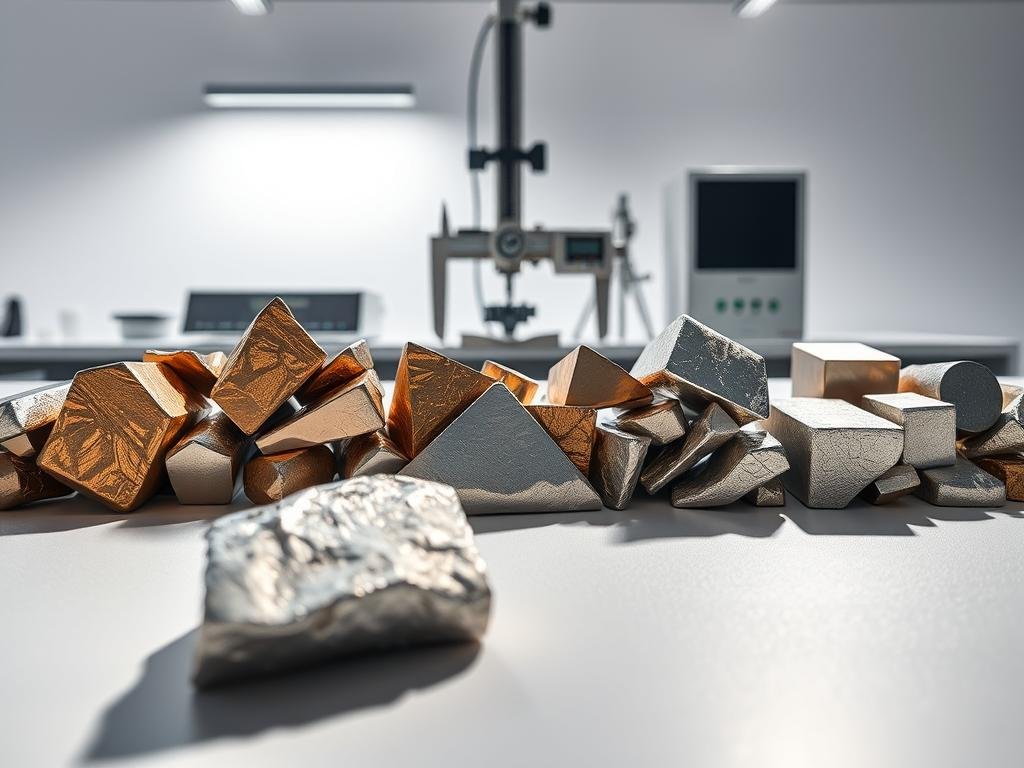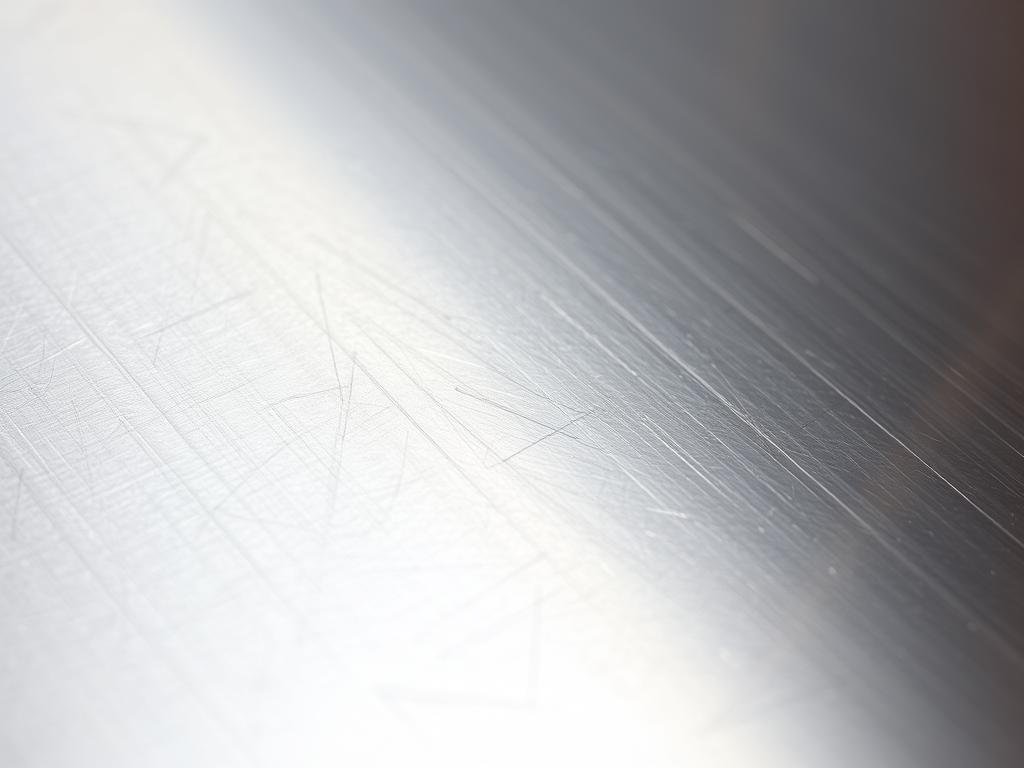Understanding the density of stainless steel is crucial for selecting the right material for various applications, from construction to medical devices.
The density of a material is defined as its mass per unit volume, expressed as p=m/V, where p is density, m is mass, and V is volume.
Different grades of stainless steel have varying densities due to differences in their chemical composition, particularly the amounts of chromium, nickel, and other alloying elements.
Typically, stainless steel has a density of approximately 7.9-8.0 g/cm³, making it slightly heavier than carbon steel but offering superior corrosion resistance and durability.
This comprehensive guide will explore how density affects the performance of stainless steel, compare the density across popular grades, and examine applications where density is a critical factor.
Understanding Density in Metallurgy
In metallurgy, understanding density is crucial for selecting the right material for various applications. Density affects the weight of a component, which is a critical factor in industries where weight restrictions are paramount, such as aerospace and automotive.
What Is Density and How Is It Measured?
Density is defined as mass per unit volume of a substance. It is typically measured in units such as kilograms per cubic meter (kg/m³) or grams per cubic centimeter (g/cm³). The density of a metal is determined by its composition and crystal structure.
For instance, the density of stainless steel varies among different grades due to differences in their chemical composition. Grade 316 stainless steel, for example, has a slightly higher density than Grade 304 due to its higher molybdenum content.
Why Density Matters in Material Selection
Density is a vital property in material selection because it directly influences the weight of components. This is particularly important in applications where weight is a critical factor. The strength-to-weight ratio of a material, partly determined by its density, is a key consideration for engineers.
When comparing different metals, density becomes a key differentiator that can influence the final material choice. For example, stainless steel and carbon steel have different densities, affecting their weight and performance in various applications.
| Material | Density (kg/m³) | Typical Applications |
|---|---|---|
| Stainless Steel (Grade 304) | 7930 | Kitchen equipment, architectural features |
| Stainless Steel (Grade 316) | 7980 | Marine hardware, medical equipment |
| Carbon Steel | 7850 | Structural components, machinery parts |
As noted by a metallurgy expert, “The density of a material is a fundamental property that affects its performance and suitability for various applications.” Understanding density is essential for making informed decisions in material selection.

Stainless Steel Density Fundamentals
Understanding the fundamentals of stainless steel density is crucial for selecting the right material for various applications. The density of stainless steel is influenced by its chemical composition and crystal structure, which can vary significantly among different grades.
Density of Stainless Steel vs. Other Metals
Stainless steel is generally denser than other types of steel due to its unique composition. The addition of elements like chromium and nickel not only enhances its corrosion resistance but also affects its density.

Compared to standard carbon steel, stainless steel has a higher density due to the presence of alloying elements. For instance, the chromium content, which must be at least 10.5% in stainless steel, contributes to its increased density.
Factors Affecting Stainless Steel Density
Several factors influence the density of stainless steel, including its chemical composition and crystal structure. The presence of elements such as chromium, nickel, and molybdenum can significantly impact its density.
- The chemical composition, particularly the content of chromium, nickel, and carbon, plays a crucial role in determining the density of stainless steel.
- The crystal structure, whether austenitic, ferritic, or martensitic, also affects the density, with austenitic grades typically being denser than ferritic grades.
Manufacturing processes, including heat treatment and cold working, can slightly alter the density by changing the microstructure of the steel.
Comparing Density Across Stainless Steel Grades
Understanding the density of various stainless steel grades is essential for selecting the right material for a particular application. The density of stainless steel is not uniform and varies significantly across different grades, impacting their application and performance.
Austenitic Stainless Steel Density
Austenitic stainless steels, such as grades 304 and 316, have densities around 8,000 kg/m³. These grades are known for their excellent corrosion resistance and formability. Grade 304H, a high carbon variant of 304, is used at high temperatures, retaining aqueous corrosion resistance even at elevated temperatures.
Ferritic Stainless Steel Density
Ferritic stainless steels, like grade 430, typically have densities around 7,700 kg/m³. They are known for their magnetic properties and resistance to corrosion, although they are less formable than austenitic grades.
Other Grades and Their Density Properties
Other stainless steel grades have unique density properties. For instance, martensitic grades (410, 420) have densities between 7,700-7,800 kg/m³, while precipitation-hardening grades like 17-4 PH have densities around 7,800 kg/m³. Duplex stainless steels also have densities around 7,800 kg/m³, balancing the properties of austenitic and ferritic types. Super austenitic grades with high molybdenum content, like 904L, have slightly higher densities approaching 8,000 kg/m³.
Applications Based on Stainless Steel Density
The density of stainless steel plays a crucial role in determining its suitability for various applications. Its unique combination of strength, corrosion resistance, and density makes it a preferred material across multiple industries.
Industrial and Manufacturing Applications
In industrial settings, the density of stainless steel contributes to its durability and stability. For instance, stainless steel 304, with its high density and corrosion resistance, is widely used in manufacturing equipment that requires both strength and resistance to chemical corrosion.
Construction and Architectural Uses
In construction and architectural applications, the density of stainless steel provides structural integrity while allowing for creative designs. Its corrosion resistance is particularly valuable in external applications where exposure to weather conditions is a concern.
Medical and Food Industry Requirements
The medical and food industries benefit significantly from the properties of stainless steel, including its density. For medical instruments and implants, the density of stainless steel ensures the stability and precision required for delicate procedures. In food processing, stainless steel’s density and corrosion resistance meet strict hygiene standards.
- Medical instruments and surgical implants utilize specific grades of stainless steel where density is crucial for precision and stability.
- Food processing equipment benefits from stainless steel’s density, which provides operational stability and corrosion resistance.
Conclusion: Selecting the Right Stainless Steel Based on Density
Engineers must consider the density of stainless steel when designing products that require a balance of strength and weight. The density of stainless steel is a critical factor that influences its suitability for various applications. When choosing a stainless steel grade, it’s essential to balance density considerations with requirements for corrosion resistance, strength, and temperature performance.
For instance, ferritic grades with lower density may be preferred for weight-critical applications, while austenitic grades with higher density might be more suitable for structural applications where strength is paramount. Additionally, the environmental conditions of the application should guide grade selection, taking into account exposure to chemicals, moisture, and temperature fluctuations.
By understanding the relationship between density and other material properties, engineers can make informed decisions that balance performance requirements with practical considerations like weight and cost. As the world continues to develop new stainless steel grades, optimizing density-to-strength ratios while enhancing corrosion resistance remains a key focus.
